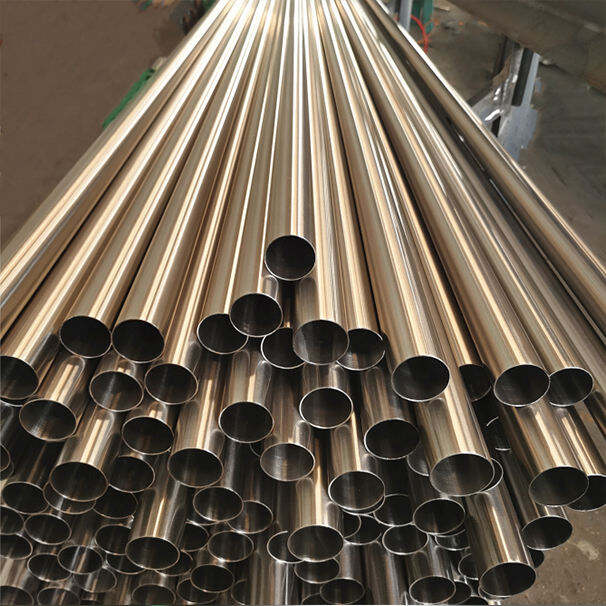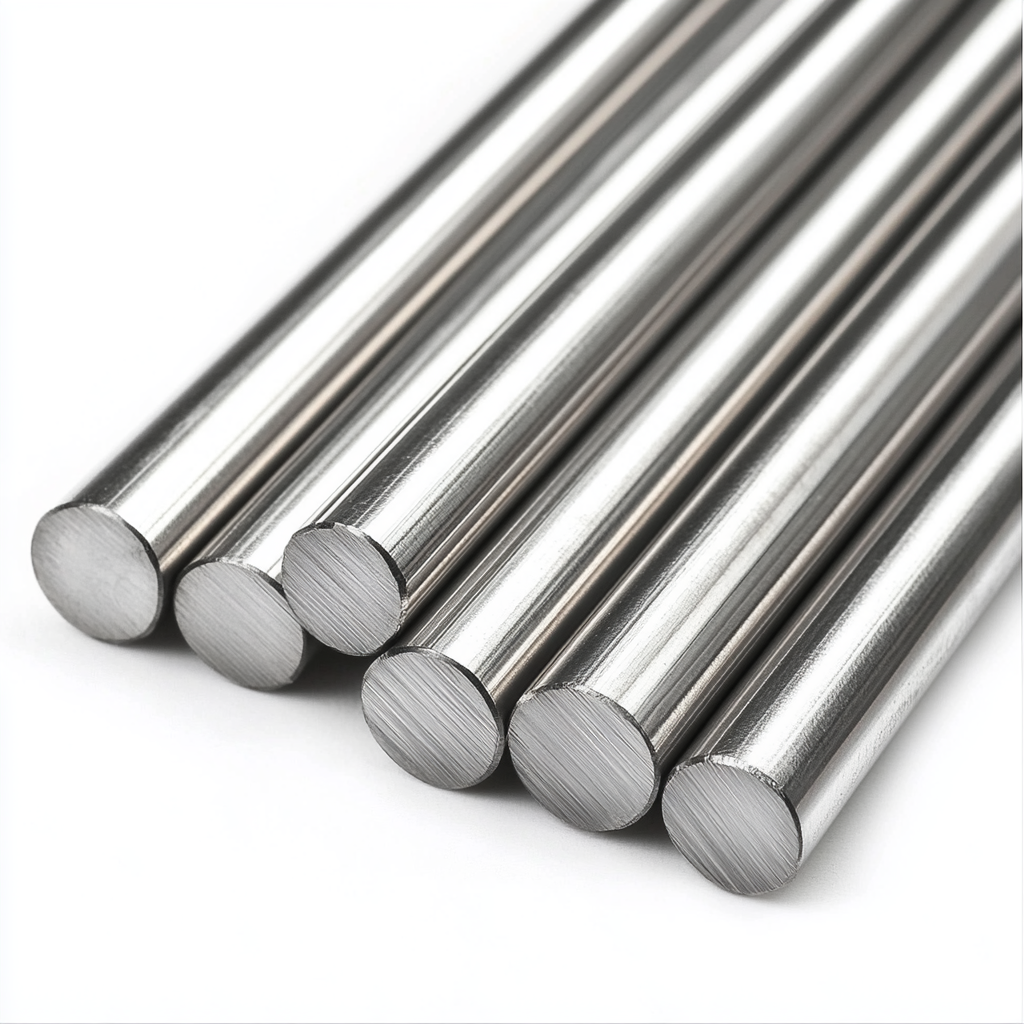Maximizing Longevity of Industrial Steel Components in Challenging Environments
The durability of steel tubes in demanding industrial settings has become increasingly critical as industries push the boundaries of operational conditions. From chemical processing plants to offshore drilling platforms, these essential components face constant exposure to corrosive elements, extreme temperatures, and high-pressure environments. Understanding how to maintain and protect steel tubes is fundamental to ensuring operational efficiency and preventing costly failures.
Modern industrial applications rely heavily on the resilience of steel tubes to maintain safety standards and operational integrity. The key lies not just in selecting the right materials but in implementing comprehensive protection strategies that account for specific environmental challenges. Let's explore the vital aspects of ensuring steel tube longevity in harsh conditions.
Material Selection and Composition Considerations
Optimal Grade Selection for Different Environments
Choosing the appropriate grade of stainless steel is crucial for ensuring long-term durability of steel tubes. Grade 316L, for instance, offers superior corrosion resistance in marine environments due to its molybdenum content. In highly acidic conditions, duplex stainless steel grades provide enhanced protection while maintaining structural integrity. The selection process must carefully consider factors such as chemical exposure, temperature fluctuations, and mechanical stress levels.
When selecting steel tubes for specific applications, engineers must evaluate the balance between cost-effectiveness and performance requirements. Higher-grade alloys might present a larger initial investment but often prove more economical over time due to extended service life and reduced maintenance needs.
Surface Finishing and Treatment Options
Surface treatment plays a vital role in enhancing the durability of steel tubes. Electropolishing can significantly improve corrosion resistance by removing surface imperfections and creating a chromium-rich protective layer. Passivation treatments further enhance this protection by creating an invisible oxide film that shields the underlying metal from environmental attacks.
Advanced coating technologies, such as polymer linings or specialized ceramic coatings, can provide additional protection layers for steel tubes operating in particularly aggressive environments. These treatments must be carefully selected based on specific operational conditions and potential chemical interactions.
Installation and Maintenance Protocols
Proper Installation Techniques
The longevity of steel tubes begins with proper installation procedures. Correct alignment, appropriate support spacing, and proper joining techniques are essential factors. Welding procedures must follow strict protocols to prevent heat-affected zone degradation and maintain the material's inherent corrosion resistance.
Installation teams must ensure proper clearances and account for thermal expansion characteristics of steel tubes. Using appropriate gaskets and connection methods helps prevent galvanic corrosion at joints while maintaining system integrity under various operational conditions.
Regular Monitoring and Preventive Maintenance
Implementing a robust monitoring system helps detect potential issues before they become critical. Regular thickness measurements, corrosion monitoring, and visual inspections form the backbone of an effective maintenance strategy. Advanced techniques like ultrasonic testing and radiographic inspection can provide detailed insights into the condition of steel tubes without disrupting operations.
Documenting inspection results and maintaining detailed maintenance records helps establish patterns and predict potential failure points. This data-driven approach enables proactive maintenance scheduling and more efficient resource allocation.

Environmental Control and Protection Measures
Temperature and Pressure Management
Controlling operational parameters is crucial for extending the service life of steel tubes. Temperature fluctuations can cause thermal stress and accelerate wear, while pressure variations may lead to fatigue damage. Implementing proper insulation systems and pressure relief mechanisms helps maintain stable conditions and protect the integrity of steel tubes.
Modern monitoring systems can provide real-time data on temperature and pressure conditions, allowing for immediate response to any deviations from optimal parameters. This proactive approach helps prevent stress-related damage and extends the operational life of the system.
Corrosion Prevention Strategies
Effective corrosion management requires a multi-faceted approach. Cathodic protection systems can significantly reduce corrosion rates in buried or submerged steel tubes. Chemical treatment programs, including the use of corrosion inhibitors, help create protective barriers against aggressive media.
Environmental control measures, such as humidity regulation and proper drainage systems, play crucial roles in preventing external corrosion. Regular cleaning and removal of deposits help maintain the protective passive layer that naturally forms on stainless steel surfaces.
Frequently Asked Questions
What factors most significantly impact steel tube durability?
The primary factors affecting steel tube durability include environmental conditions (temperature, humidity, chemical exposure), operational parameters (pressure, flow rates), material grade selection, and maintenance practices. Regular monitoring and appropriate material selection for specific conditions are crucial for maximizing service life.
How often should steel tubes be inspected in harsh environments?
In harsh environments, visual inspections should be conducted monthly, while comprehensive non-destructive testing should be performed annually. However, inspection frequency may need to be increased based on specific environmental conditions and operational demands.
What are the best practices for extending steel tube lifespan?
Key practices include selecting appropriate grade materials, implementing proper installation procedures, maintaining consistent environmental controls, conducting regular inspections, and applying preventive maintenance measures. Additionally, using appropriate surface treatments and corrosion protection systems significantly contributes to extended service life.




